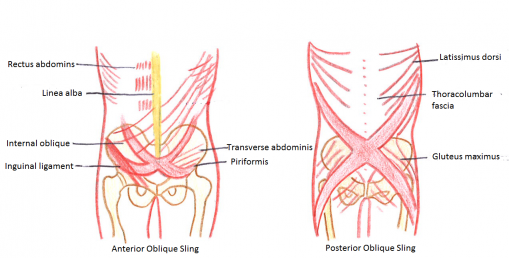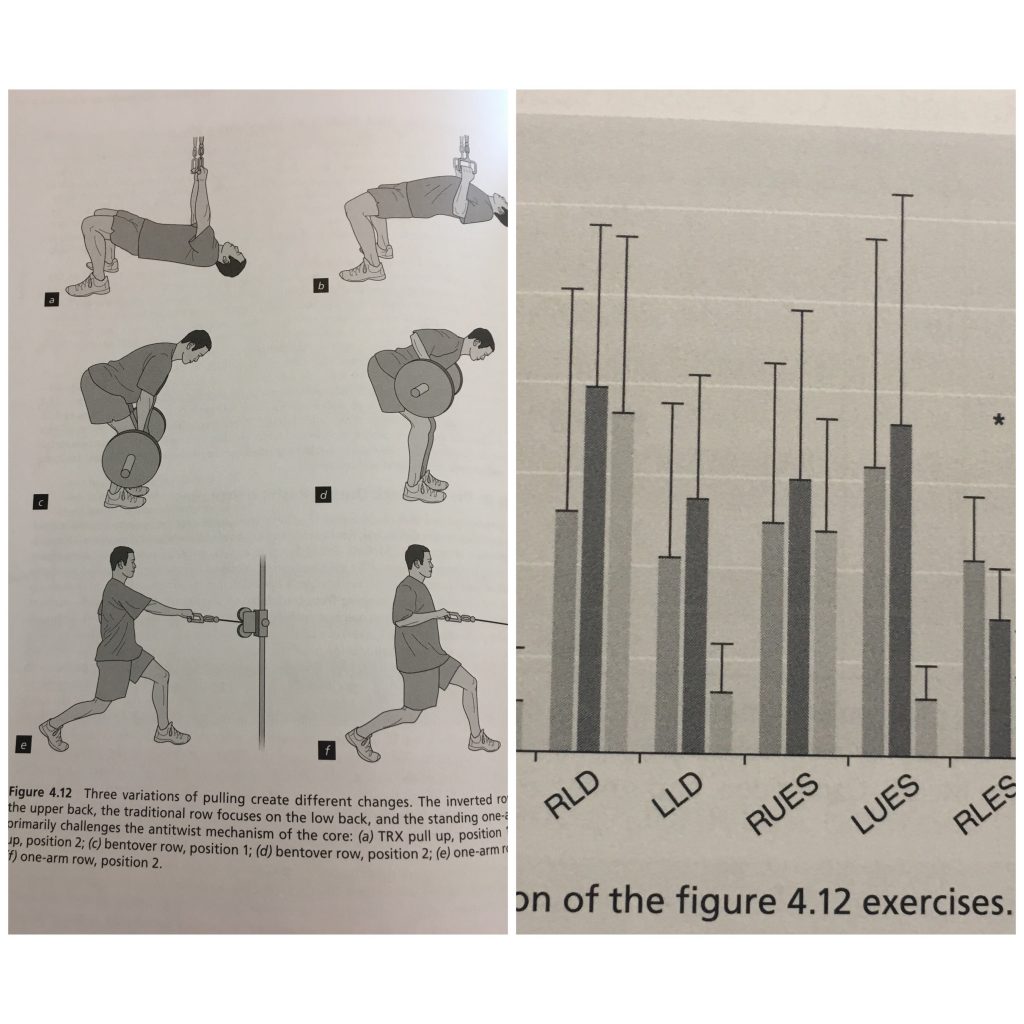4 Core Exercises For Real World Strength
2019-02-12
I’m not going to lie, it is pretty sweet to have such a smart wife to bounce ideas off of as we continue to try to bring the unique aspects of DVRT to more people. Especially because something we are adamant about is giving you well researched science with real world application. Nowadays, it is so easy to get caught up with catchy sound bites that don’t have much real science behind them. Having Jessica’s background as a physical therapist, helps us bring both to you!
Having Jessica work with me is also helpful because our combined diverse experiences and the lenses we look through to create better programs helps us address more fitness goals at once. Jessica is use to helping people that come to her with injury get better. Typically people aren’t coming to her for fat loss or performance training. On my side, I bring having to keep people healthy as a secondary goal usually to their primary goal of looking and performing better. Wouldn’t it be great though if we could achieve all this at once?
Yea, that sounds WAY too good, but it is possible. It really comes down to understanding how our body works and transferring that information into practical terms. For example, we begin EVERYTHING with the core. No, not the abs, but the 35 muscles that make up our core!

Why? Because GOOD core training helps us be stronger, healthier, and if we can train more consistently and feel stronger doing so guess what? We are going to end up looking our best too! Did you know that core training can enhance your upper body strength and shoulder health?
Jessica found several studies, but through me this one (you can read HERE) which is of particular interest. The study found, “Core stability and functional deficiency was found in patients with subacromial impingement syndrome. According to this study, greater shoulder dysfunction is correlated with greater stability deficiency. Therapists should consider incorporating core strengthening as an integral component of rehabilitation program in patients with shoulder dysfunction.”
I bring this up because somehow people have gotten to the point where they think core training isn’t important, but as spine expert, Dr. Stuart McGill points out we can’t rely just on big lifts like squats and deadlifts. “Core stiffness is essential for injury prevention. Core stiffness is essential for performance enhancement. Core stiffness is not optimized in body building exercises. Core stiffness requires dedicated training.”
It hopefully isn’t SO hard to agree that core training is important, but the key is knowing what makes for an effective core exercise. Go on social media and there is no shortage of posts claiming “the best” and “greatest” core exercise. Well, it isn’t that easy. For one, there is no such thing as any single one best core exercise because your core strength is dependent upon the actions you body is performing.

Dr. McGill’s research has shown if we perform the same movement but in different body positions it changes how the core muscles are prioritized and used. So, it is impossible to have one core exercises that solves all the needs of human movement.
Sharing the information of the above helps us realize these important aspects of good core training…..
-Everything comes from the ground up! You MUST incorporate the use of the ground in any good core exercise that is why even lying on your back isn’t the best use of your core work.
-Feet and hands connect the outside world to our body. The fact that over half of our bones are in our hands and feet make them important areas of the body to use to connect everything to our core.
-Work in different environments. Changing body position can give us a very different experience in using our core.
-Combine bracing of the core through high tension through more reactive forms of core training.
https://www.instagram.com/p/BlDQlrAjET9/
Strength Coaches, Mike Yudin and Joel Gunterman, give examples of all these concepts.
You see in DVRT that we don’t rely on one core exercise and at the same time we don’t perform random exercises. Each movement reflects these concepts of good core training and continues to lay the foundation for greater and more dynamic movements.
DVRT Master, Elizabeth Andrews, does a great job breaking down four DVRT movements that truly represent what good core training is all about. You will want to turn up the volume for some of her great coaching.
Don’t miss the last few days to save 30% on our Force, Power, and Core Ultimate Sandbags while ALSO getting our DVRT Pelvic Control course for FREE. Use coupon code “vday” HERE
© 2025 Ultimate Sandbag Training. Site by Jennifer Web Design.







